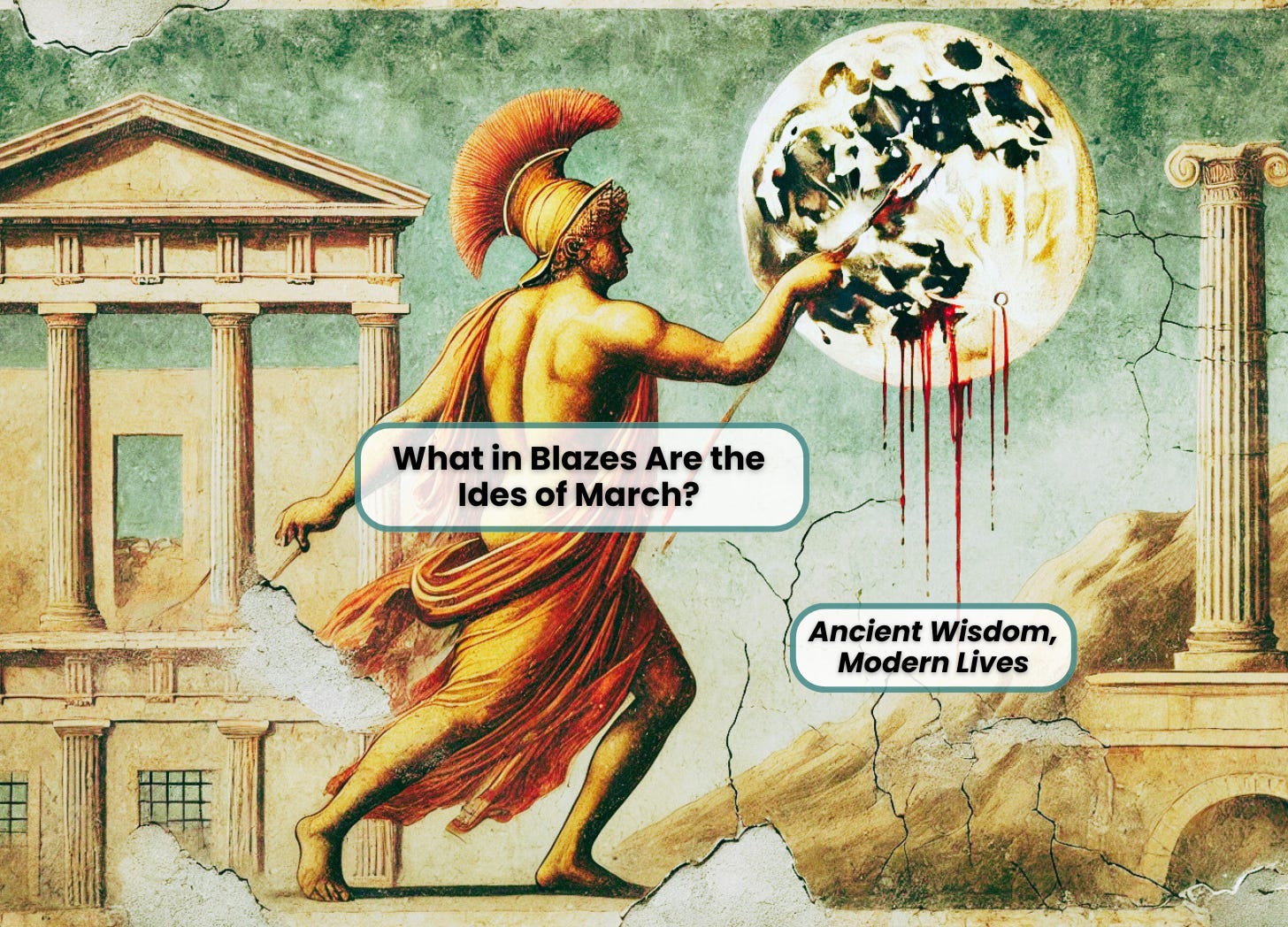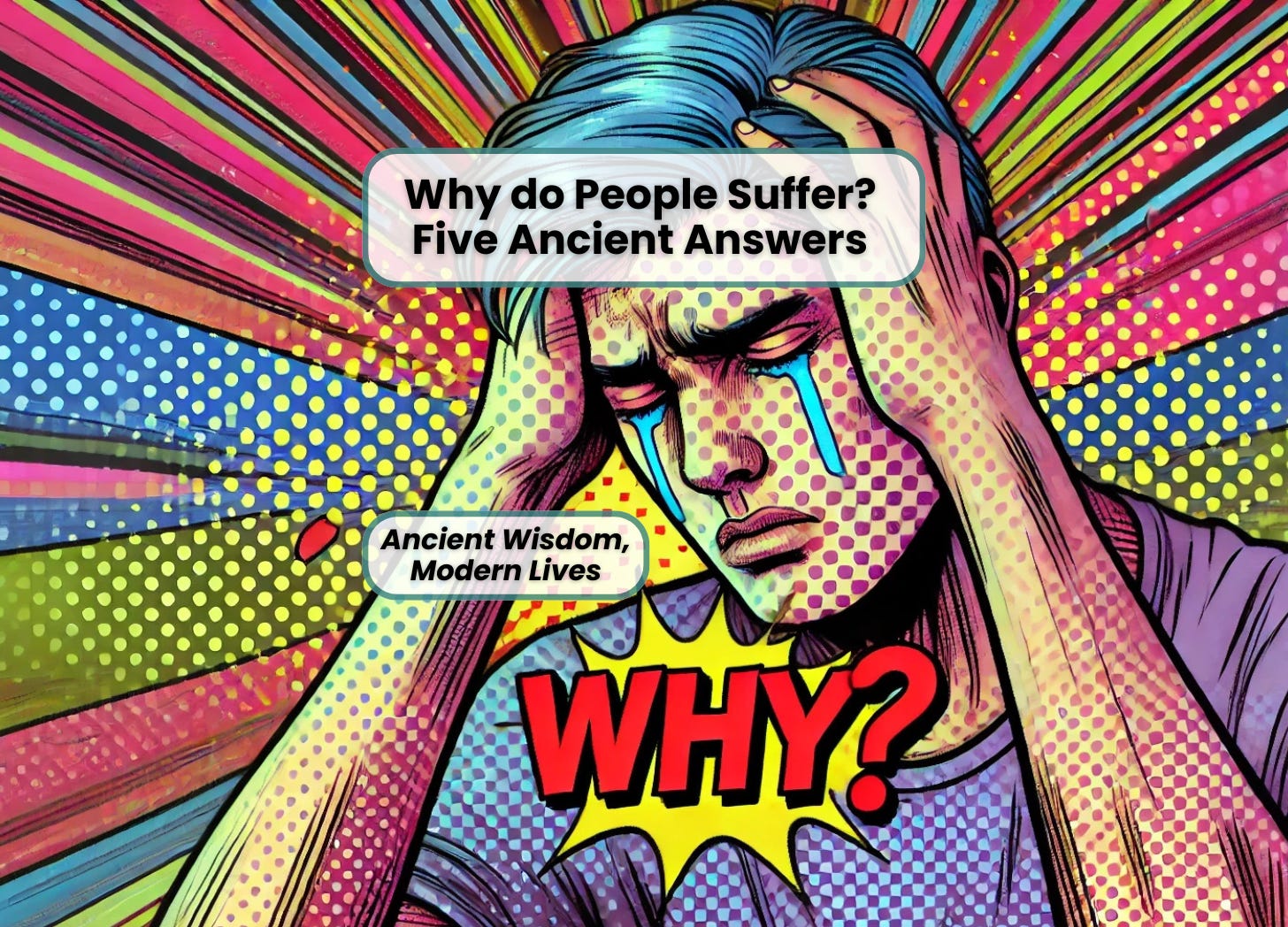Q&A: Who is the woman in Ruth?
Also from the About page:
Here is a question — I have explored the usage of ish and ishah in Ruth (here) and I was surprised to see in 3.14:
vatakom b’terem yakir ish et-rei’eihu
vayomer al-yivada ki-va’a ha-isha ha-gorenand she rose before a man could recognize his friend
and he said — let it not be known that `the woman’ came to the threshing floor.”This seems a strange use of the definite article! I wondered if it was a little joke between them.
I think he’s talking about her specifically, in which case “the woman” is what we’d expect. The other possibility is that “the woman” and “the man” are the heroes of the story, and this is a clever metareference, in which one character (the man) refers to another (the woman) in the way the narrator does; but I don’t think so.
I don’t agree with the rendering in the NIV (probably based on the identical KJV) that he doesn’t want it known that a women — any women — was there. I think he doesn’t want it known that she was there.
I no longer actively write this blog, but you can find me at Ancient Wisdom, Modern Lives
Subscribe Now I'd love to see you there!(Incidentally, I think the first part, “before a man could recognize his friend” is better translated, “before one person could recognize another” or even “before anyone could be recognized.” It seems like an indication of darkness to me — akin to “before you could see the hand in front of your face,” which doesn’t really have anything to do with hands or faces.)






One Response
Thanks for your response. The metareference would be strange. We do it in my profession (data analysis) but the data doesn’t do it of its own accord – too much like an Escher print! It seems to me given the definiteness that ‘the woman’ might refer to their interactions in the prior chapter – almost as if the lads and lasses might have been talking among themselves about the woman who was gleaning.
I concur with your tendency to a more idiomatic translation – but it’s too early for me to let myself be free except in a few cases where the glosses are two awkward to repeat (e.g. man-husband woman-wife in the case of ish, ishah).
With the repetition of the same words that Boaz uttered – who are you mi-at, Campbell (ABC 1975) suggests that even Naomi didn’t recognize her. But that assumes that ‘my daughter’ is generic for any lass that an older woman perceives dimly and doesn’t recognize.